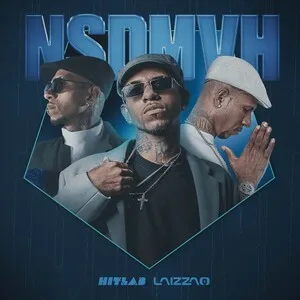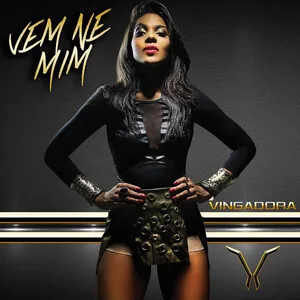Arrochadeira is a high-energy, dance-oriented offshoot of the Bahian genre arrocha that emerged in the early 2010s in northeastern Brazil. It blends the romantic, sing-along melodies of arrocha with the heavy, syncopated percussion and party atmosphere of pagode baiano and axé.
Characterized by driving timbal and surdo grooves, call-and-response hooks, and club-ready electronic elements, arrochadeira is made to move crowds at street parties, paredão (car sound-system) gatherings, and carnival blocks. Lyrics typically revolve around romance, flirtation, swagger, and nightlife, delivered with an expressive vocal style over simple, catchy harmonic progressions.
The style sits at a crossroads between traditional Bahian percussion cultures and contemporary Brazilian pop, frequently borrowing production touches from funk carioca and other electronic club sounds.
Arrochadeira took shape in Bahia, Brazil, as young bands and producers ramped up the tempo and rhythmic drive of arrocha. Building on the percussion-forward legacy of Salvador’s street music (notably samba-reggae and pagode baiano), artists fused romantic vocal lines with timbal-led grooves and bass-heavy, electronic club production. The result was a style tailored for dance floors and paredão culture.
In the early-to-mid 2010s, local hits began circulating via YouTube, regional radio, and sound-system parties, pushing arrochadeira beyond Bahia. Bands and singers brought the sound into carnival circuits and micaretas, where its chantable refrains and choreographed dances amplified crowd appeal. Tracks that mixed catchy hooks, call-and-response, and explosive percussion helped cement the genre as a staple of northeastern Brazilian nightlife.
As arrochadeira grew, it cross-pollinated with neighboring scenes. Producers and performers borrowed textures from funk carioca and electronic pop while maintaining Bahian percussion at the core. This period also saw closer ties to mainstream pop and sertanejo markets, spawning blends like arrocha sertanejo and sparking club-leaning hybrids often labeled arrocha funk.
Arrochadeira remains a vibrant, performance-driven scene, thriving in street parties, festivals, and carnivals. Its core identity—romantic melodies over propulsive, percussion-forward rhythms and modern, bass-heavy production—continues to influence regional pop and to circulate nationally through viral dances and social media.






